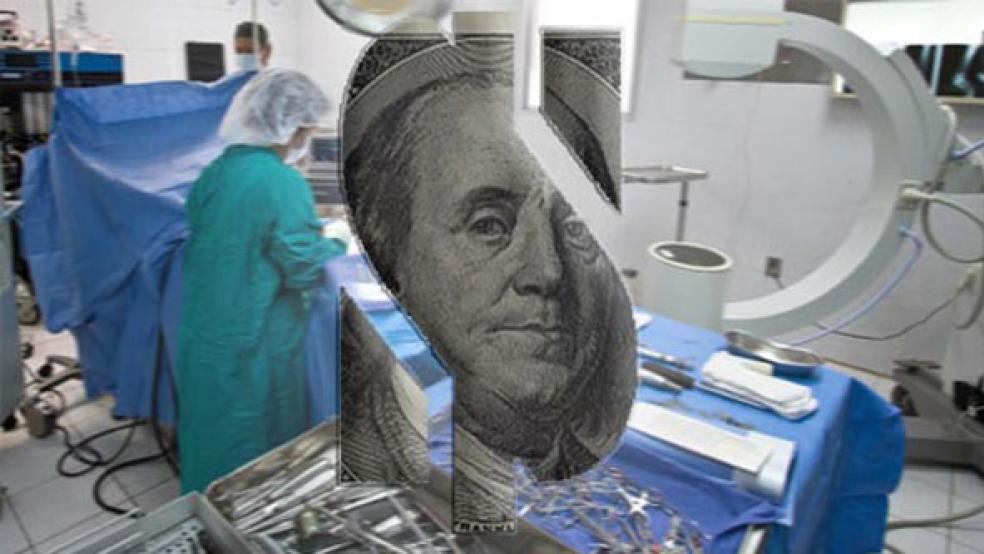For more than a decade, states have used schemes to bilk the federal government out of billions of extra dollars for their Medicaid programs each year.
The Washington Post reported Monday that states like New York, Pennsylvania and North Carolina, among others, routinely use workarounds and tricky formulas to receive more in Medicaid reimbursements than the amount they are owed. And the federal government has known about this for years.
Related: Unintended Consequences of Expanding Medicaid
The federal government helps fund Medicaid through a specified percentage of each states’ program expenditures—also known as the Federal Medical Assistance Percentage-which varies from state to state and is approved by the Centers for Medicare and Medicaid Services every three years.
But some states have “gamed the system” by claiming to spend more money than they actually do—which increases the share the federal government has to pay since it is required to match states’ contributions.
Federal auditors first flagged the issue in 2001.And it has routinely appeared among the Inspector General’s 25 key problems the Department of Health and Human Services needs to address in order to rein in health spending.
For example, New York received $1 billion more than it was supposed to in 2009 alone by using a flawed formula to report higher Medicaid costs than it actually incurred. Overall, the state has overbilled the federal government by $15 billion over the past 20 years, according to an investigation prepared for the House Committee on Oversight and Government Reform.
At the time, the committee concluded that the failure…”suggests an institutional failure and a pattern of irresponsible actions that have cost taxpayers billions.”
Related: Medicaid Enrollment is Hammering State Budgets
When the committee revisited the issue this summer, Chairman Darrell Issa (R-CA) said, “The slush fund that New York was able to generate through these excessive rates is patently unfair to taxpayers and the Medicaid patients throughout the rest of the country.”
When states use these schemes, they typically put the extra federal cash toward whatever they want. And while many use it to fund their health programs, others, like Pennsylvania, have put it back into their general funds, according to the Pew Charitable Trusts.
The HHS IG said it has seen “numerous examples in which states then redirected that additional money for other purposes while medical facilities remain underfunded.”
In another example, North Carolina used a taxing scheme to raise $30 million—in order to get $60 million in additional federal dollars, which it shifted back into its general budget, the Raleigh News and Observer reported.
To prevent this kind of thing from happening in the future, CMS issued guidelines to states in July clarifying the federal policy on health-care related taxes.
The federal government has also attempted to cap Medicaid payments for health providers—with the idea of trying to curb states from collecting excessive reimbursements through federal matching. As The Post notes, those policies have helped save $79 billion over the last decade, according to the HHS inspector general.
Top Reads from The Fiscal Times:





